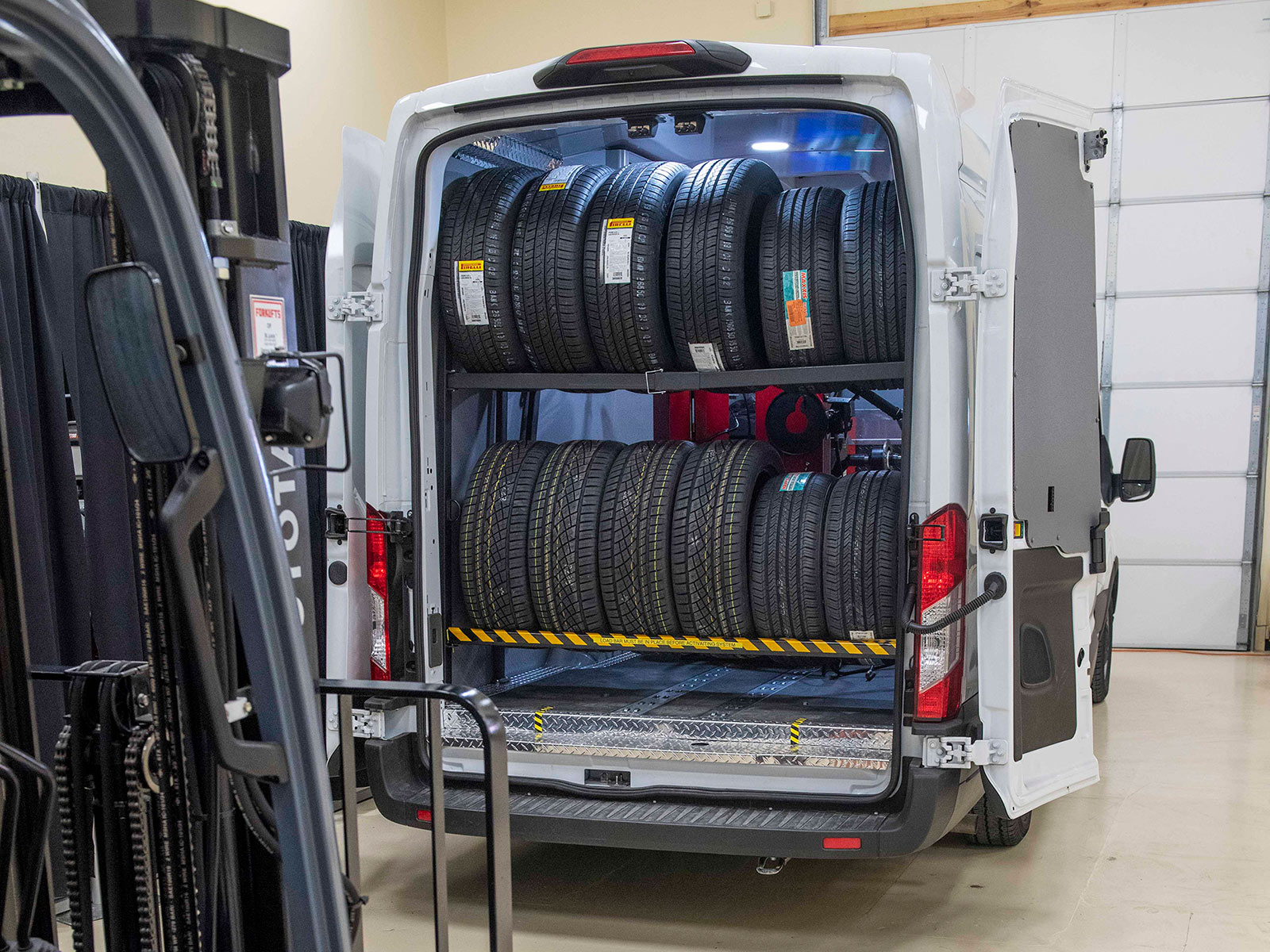Morris Tires: Where GMC Tire Service Fulfills Top Quality
Morris Tires: Where GMC Tire Service Fulfills Top Quality
Blog Article
Tire Service: The Impact of Climate Condition
When it comes to guaranteeing ideal performance and security on the roadway, recognizing the impact of weather problems on tire solution is crucial. GMC Tire Service. In this discussion, we will explore the intricate relationship in between weather condition conditions and tire solution, losing light on the relevance of weather-specific tire maintenance methods and factors to consider.
Warmth and Tire Efficiency
When exposed to high temperatures, tires experience adjustments in performance that can significantly affect automobile security and handling. The warm created from extended driving or warm weather condition problems causes the tire rubber to soften, resulting in minimized walk life and enhanced wear. As the rubber ends up being softer, the tire's grip on the roadway diminishes, influencing stopping ranges and total grip. In severe situations, extreme warmth can even cause tire blowouts, presenting a severe safety threat to the car and its occupants.

Winter Effects
Winter problems can have a considerable influence on tire efficiency and safety and security. As temperature levels decrease, tire rubber can harden, bring about lowered traction on icy or snow-covered roads. In cold weather, tires may likewise shed air stress much more swiftly, which can affect handling and gas effectiveness. In addition, chilly temperature levels can trigger tire sidewalls to tense, enhancing the danger of damage from holes or other road dangers.
To reduce the impacts of cold climate on tires, it is crucial to frequently examine tire pressure and inflate them to the producer's advised degrees. Making use of winter or all-season tires designed for winter problems can also boost grip and hold on icy or snowy roadways. Appropriate tire upkeep, including normal evaluations for wear and damage, comes to be a lot more crucial during chillier months to make sure ideal efficiency and security.
Rainy Issues Effect
Throughout stormy problems, tire efficiency and safety and security can be dramatically affected by the damp roadway surface areas and minimized presence. The tread pattern of tires plays an important duty in keeping grip on damp roads. Tires with worn-out treads are extra prone to hydroplaning, where a layer of water develops between the road and the tire surface, causing loss of traction. To battle this, vehicle drivers should on a regular basis examine their tires for appropriate step depth and think about purchasing tires specifically developed for wet problems.
Additionally, wet weather can likewise lower visibility, making it challenging for motorists to see the road ahead plainly (GMC Tire have a peek at this website Service). In such conditions, it is essential to change driving speeds as necessary and preserve a safe complying with distance to permit abrupt stops. Appropriately inflated tires can likewise assist in preserving control on wet roadways by supplying far better handling and grip
Snow and Tire Security
Snow-covered roadways present unique obstacles for motorists, stressing the relevance of appropriate tire selection and upkeep. When helpful site driving in snowy conditions, having the appropriate tires can make a considerable difference in safety and performance. Wintertime tires are designed with unique rubber substances and tread patterns to provide better grip on snow and ice compared to all-season tires. The deeper footsteps and sipes of winter tires assist grip the roadway much better, minimizing the threat of slipping and sliding.

It is important to comply with producer instructions when mounting and using tire chains to stop damage to the tires and lorry. By choosing the appropriate tires, keeping correct inflation, and thinking about additional grip help like tire chains, drivers can boost their safety when navigating snow-covered roadways.
Weather-Related Tire Upkeep
When confronted with numerous climate condition, proper tire upkeep ends up being a vital facet of car security and performance. Weather-related tire maintenance incorporates a variety of practices aimed at guaranteeing ideal tire feature and durability in different climate scenarios. One crucial aspect of weather-related tire upkeep is tire pressure guideline. Rising and fall temperatures can create tire stress to vary, influencing grip and fuel performance. Routinely examining and adjusting tire pressure according to maker referrals is essential for risk-free driving in transforming weather. Furthermore, tire tread depth plays a significant duty in dealing with various weather condition components. Tires with adequate step deepness offer far better grip on damp or icy roads, reducing the risk of skidding or hydroplaning. When tread wear reaches a particular deepness is crucial for maintaining traction and security in adverse weather condition, examining tire step frequently and replacing tires. By prioritizing weather-related tire maintenance, vehicle drivers can improve safety, enhance vehicle performance, and extend the lifespan of their tires.
Final Thought
In verdict, weather condition problems have a substantial influence on tire performance and safety. From warm influencing tire pressure and use to cold weather condition lowering grip, it is crucial to consider the climate when keeping and using tires.
In this conversation, we will check out the intricate relationship between weather condition problems and tire service, losing light on the importance of weather-specific tire upkeep practices and factors to consider.

Report this page